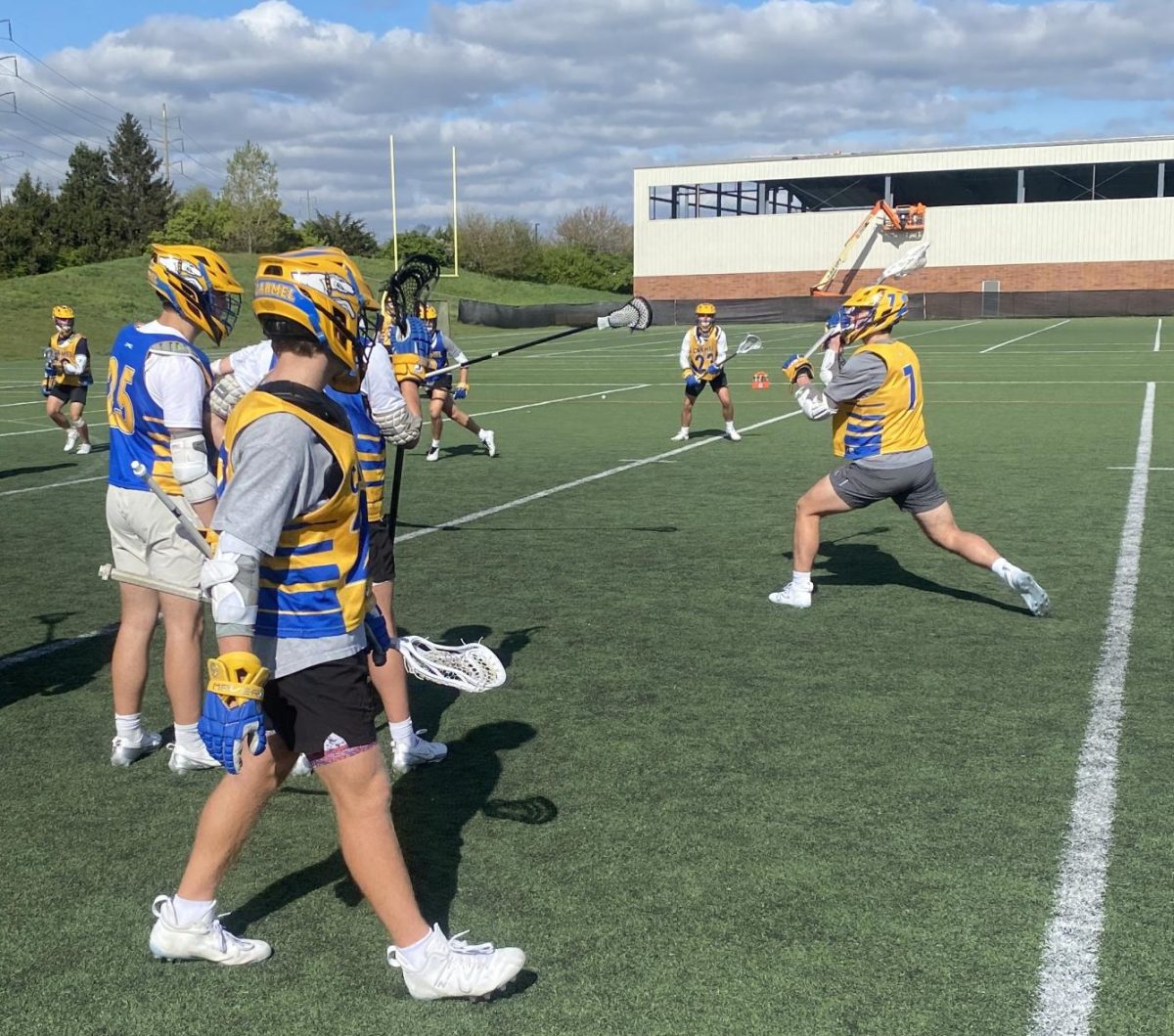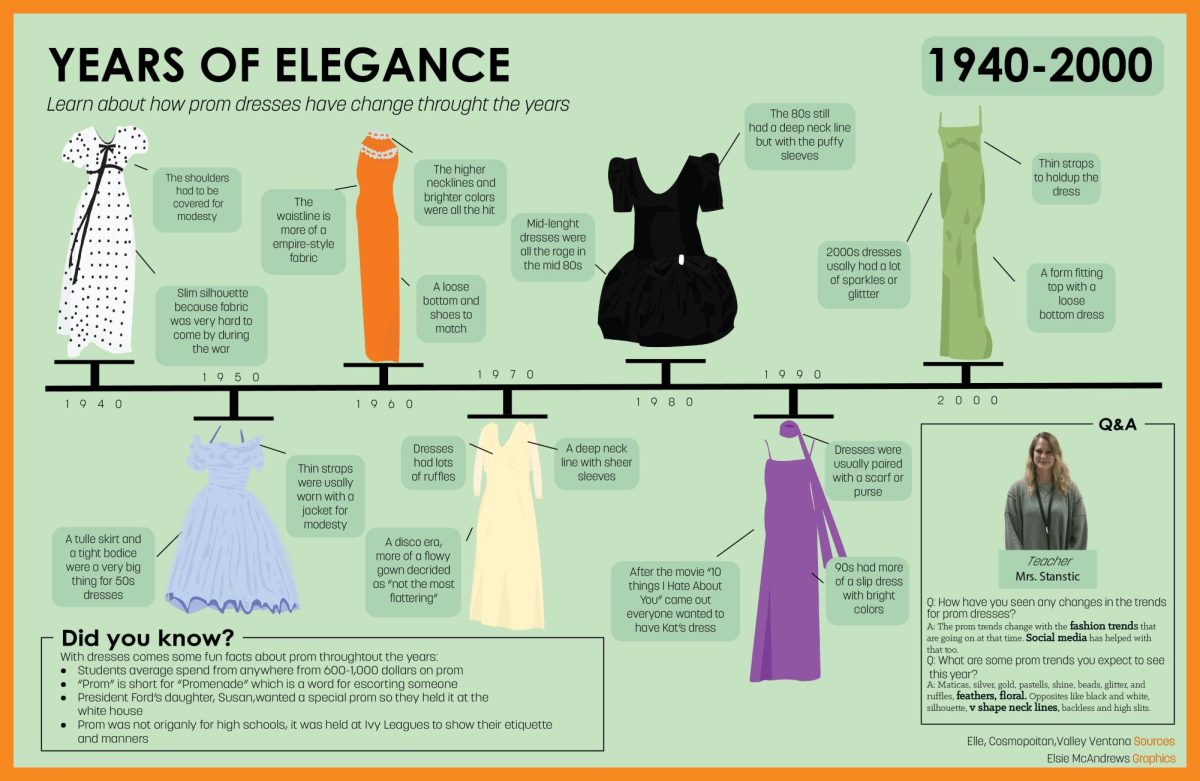By Michelle Hu
<[email protected]>
Last semester, I wrote a paper analyzing a societal trend for my senior AP English class, and the research I did for it has convinced me that in order to be truly competitive on a global level, students need to not only be adept at solving equations and memorizing history, but also speaking another language.
I had the opportunity of interviewing a mother in Indianapolis who held this exact opinion. Her three young children all attend the International School, and by the end of graduation, all of them will speak three languages fluently, including Spanish, French and Mandarin Chinese. She pays upwards of $13,000 annually for each of them (that’s almost a Lexus each year) so that her children can experience a learning environment she never had.
The reason why the International School works for these kids and all of its students is that starting from Kindergarten, students take math, science, reading (in short, ALL their classes) in a primary foreign language. The youngest child I interviewed was enrolled in Chinese as his language, which his mother chose for him because “The Asian market is where we need to focus,” she said. Granted, his mother said he and his siblings will struggle with English reading and writing for a few years, but around 5th grade, they’re caught up with their counterparts in public schools.
Slowly, they begin to take more classes in English and in middle school, they’ll start taking some in a secondary foreign language. That’s how the school’s graduates turn out trilingual, and how the system works.
Though there is no official language of the United States, few, if any, courses are taught bilingually in public schools, especially in areas like Carmel where the majority of the population speaks English. However, immigrant and minority parents, as evidenced in California by a poll from the New America Media, would love to have their children learn in a different language.
Now that the world is closing in on itself through technology and people can be connected to each other on opposite sides within a few seconds, it’s more important than ever for American children to learn about other cultures through languages. Not only does it help our national security forces by getting rid of messages lost in translation, but it also makes our workforce more competitive.
Paul Simon, a former Congressman, wrote a book called “The Tongue-Tied American: Confronting the Foreign Language Crisis” back in 1980, meaning this trend in society has been a long-time coming. Simon said that when Japanese salesmen visited, they were more successful because not only could they speak fluent English but they participated in American culture, unlike our salesmen that were disrespectful to the very timid and polite Japanese.
As for corporations, Pepsi knew they needed foreign language skills when they translated “Come Alive with Pepsi” into Chinese as “Pepsi brings your ancestors back from the grave” (also very offensive). The question is, when will American schools finally do something about this crisis?



















































![Review: “Suits” is a perfect blend of legal drama and humor [MUSE]](https://hilite.org/wp-content/uploads/2024/04/unnamed-1.png)
![Chelsea Meng on her Instagram-run bracelet shop [Biz Buzz]](https://hilite.org/wp-content/uploads/2024/04/IMG_2446-1200x838.jpg)
![Review: Quiet on Set: The Dark Side of Kids TV is the long awaited exposé of pedophilia within the children’s entertainment industry [MUSE]](https://hilite.org/wp-content/uploads/2024/04/unnamed.jpg)
![Review: “The Iron Claw” cannot get enough praise [MUSE]](https://hilite.org/wp-content/uploads/2024/04/unnamed.png)
![Review: “The Bear” sets an unbelievably high bar for future comedy shows [MUSE]](https://hilite.org/wp-content/uploads/2024/03/unnamed.png)
![Review in Print: Maripaz Villar brings a delightfully unique style to the world of WEBTOON [MUSE]](https://hilite.org/wp-content/uploads/2023/12/maripazcover-1200x960.jpg)
![Review: “The Sword of Kaigen” is a masterpiece [MUSE]](https://hilite.org/wp-content/uploads/2023/11/Screenshot-2023-11-26-201051.png)
![Review: Gateron Oil Kings, great linear switches, okay price [MUSE]](https://hilite.org/wp-content/uploads/2023/11/Screenshot-2023-11-26-200553.png)
![Review: “A Haunting in Venice” is a significant improvement from other Agatha Christie adaptations [MUSE]](https://hilite.org/wp-content/uploads/2023/11/e7ee2938a6d422669771bce6d8088521.jpg)
![Review: A Thanksgiving story from elementary school, still just as interesting [MUSE]](https://hilite.org/wp-content/uploads/2023/11/Screenshot-2023-11-26-195514-987x1200.png)
![Review: When I Fly Towards You, cute, uplifting youth drama [MUSE]](https://hilite.org/wp-content/uploads/2023/09/When-I-Fly-Towards-You-Chinese-drama.png)
![Postcards from Muse: Hawaii Travel Diary [MUSE]](https://hilite.org/wp-content/uploads/2023/09/My-project-1-1200x1200.jpg)
![Review: Ladybug & Cat Noir: The Movie, departure from original show [MUSE]](https://hilite.org/wp-content/uploads/2023/09/Ladybug__Cat_Noir_-_The_Movie_poster.jpg)
![Review in Print: Hidden Love is the cute, uplifting drama everyone needs [MUSE]](https://hilite.org/wp-content/uploads/2023/09/hiddenlovecover-e1693597208225-1030x1200.png)
![Review in Print: Heartstopper is the heartwarming queer romance we all need [MUSE]](https://hilite.org/wp-content/uploads/2023/08/museheartstoppercover-1200x654.png)























![Review: Ladybug & Cat Noir: The Movie, departure from original show [MUSE]](https://hilite.org/wp-content/uploads/2023/09/Ladybug__Cat_Noir_-_The_Movie_poster-221x300.jpg)

![Review: Next in Fashion season two survives changes, becomes a valuable pop culture artifact [MUSE]](https://hilite.org/wp-content/uploads/2023/03/Screen-Shot-2023-03-09-at-11.05.05-AM-300x214.png)
![Review: Is The Stormlight Archive worth it? [MUSE]](https://hilite.org/wp-content/uploads/2023/10/unnamed-1-184x300.png)

